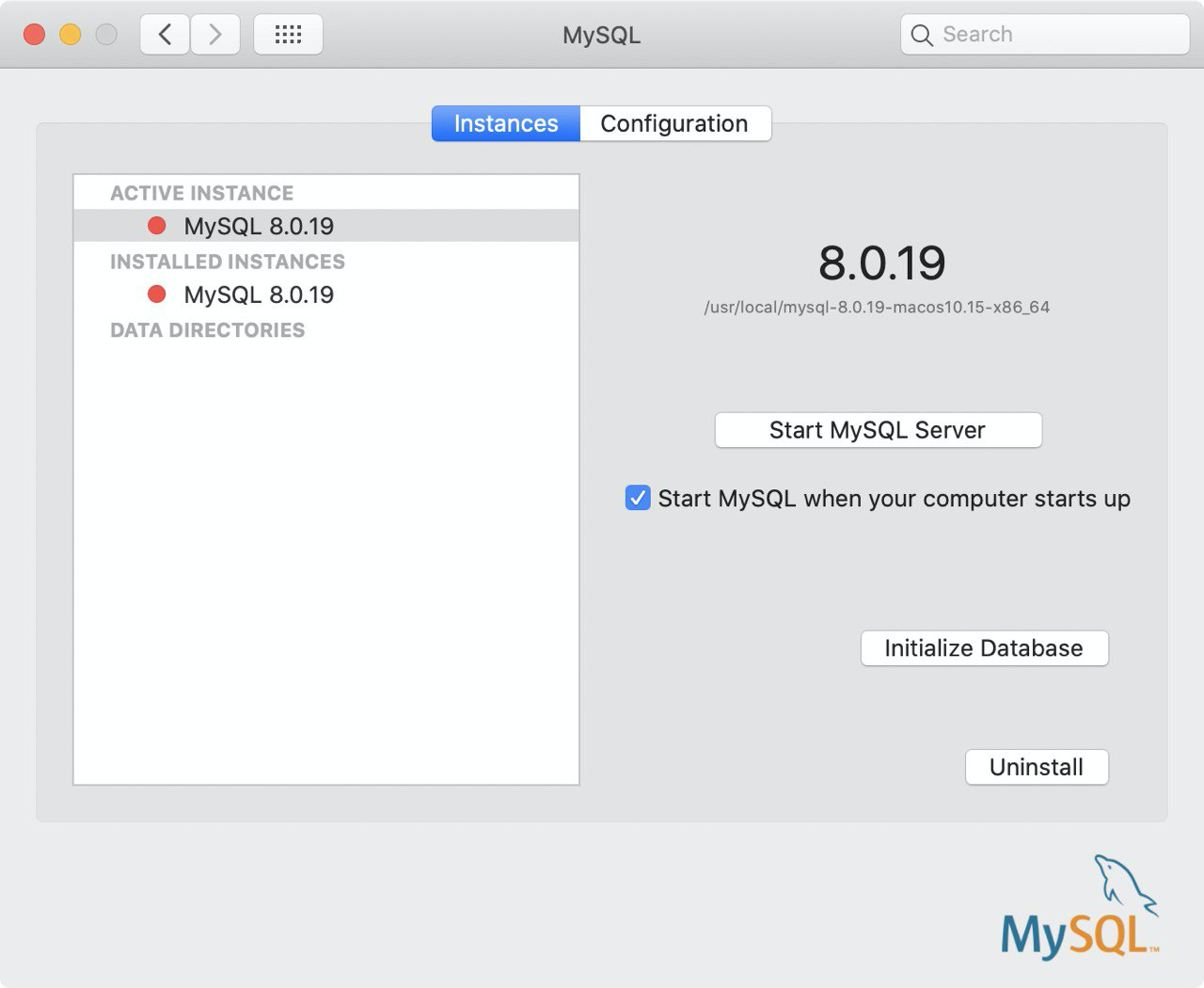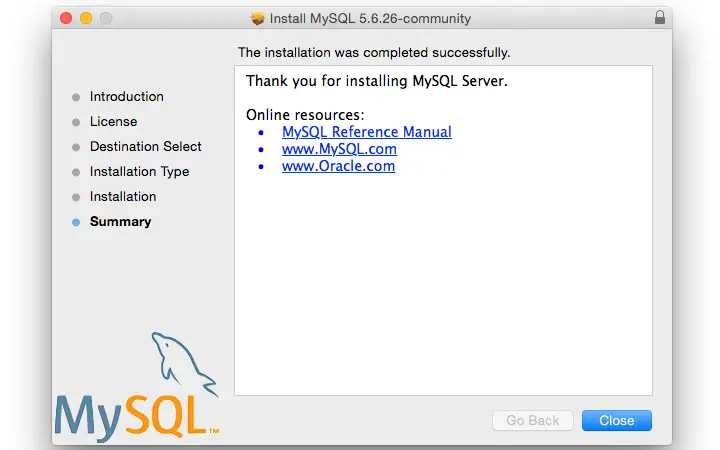
MySQL installed with Zend Server CE Socket File /usr/local/zend/mysql/tmp/mysql. MySQL installed with XAMPP Socket File /Applications/XAMPP/xamppfiles/var/mysql/mysql.sock Data Files /Applications/XAMPP/xamppfiles/var/mysql Configuration File /Applications/XAMPP/xamppfiles/etc/my.cnf
Mysql for mac cant find pro#
MAMP PRO shares many paths with MAMP, with the following difference: Data Files /Library/Application Support/appsolute/MAMP PRO/db/mysql MySQL installed with MAMP Socket File /Applications/MAMP/tmp/mysql/mysql.sock Data Files /Applications/MAMP/db/mysql/ Base Directory /Applications/MAMP/Library/ Error Log /Applications/MAMP/logs/mysql_error_log MySQL 5 installed with MacPorts Socket File /opt/local/var/run/mysql5/mysqld.sock Data Files /opt/local/var/db/mysql5/ Error Log /opt/local/var/db/mysql5/HOSTNAME.err (insert your hostname)
Mysql for mac cant find mac os x#
MySQL pre-installed on Mac OS X Server Socket File /var/mysql/mysql.sock pkg installer Socket File /tmp/mysql.sock Data Files /usr/local/mysql/data/ Error Log /usr/local/mysql/data/HOSTNAME.err (insert your hostname) Base Directory /usr/local/mysql/ (this is a symbolic link) If you can connect to your MySQL server, you can find many of these paths by selecting Show Server Variables. from the Database Menu in Sequel Pro.
Mysql for mac cant find manual#
If your installation has no option file ( my.cnf), you can create it in the base directory of your installation (see 'Using Option Files' section of the MySQL manual for more information). Some of the files only exist while the MySQL server is running (eg. If you can't find the files in the locations given here, it could be because you changed the configuration - these are only the default locations. It is recommended to use Sequel Pro's Export and Import features (use a MySQL dump) to accomplish this. If you want to backup your data or copy data from one server to another, please don't copy the data files directly. This page documents the locations of commonly used files, for some often used MySQL installations. If not, you'll need to dig a little deeper.MySQL stores and accesses files in various places on your hard drive. Once the repair is finished (this may take some time, so be patient), Outlook should be good to go.



Usually, you have the MySQL version number attached to the service name. Another possibility is that your Outlook profile itself may have been corrupted, in which case you can repair it but you'll want to verify whether or not it's actually corrupt first. First, open the Windows Start menu and search for the Services panel to see the result below: Opening Services panel on Windows Then, scroll through the services list until you reach the services that start with 'M' to look for MySQL services.


 0 kommentar(er)
0 kommentar(er)
